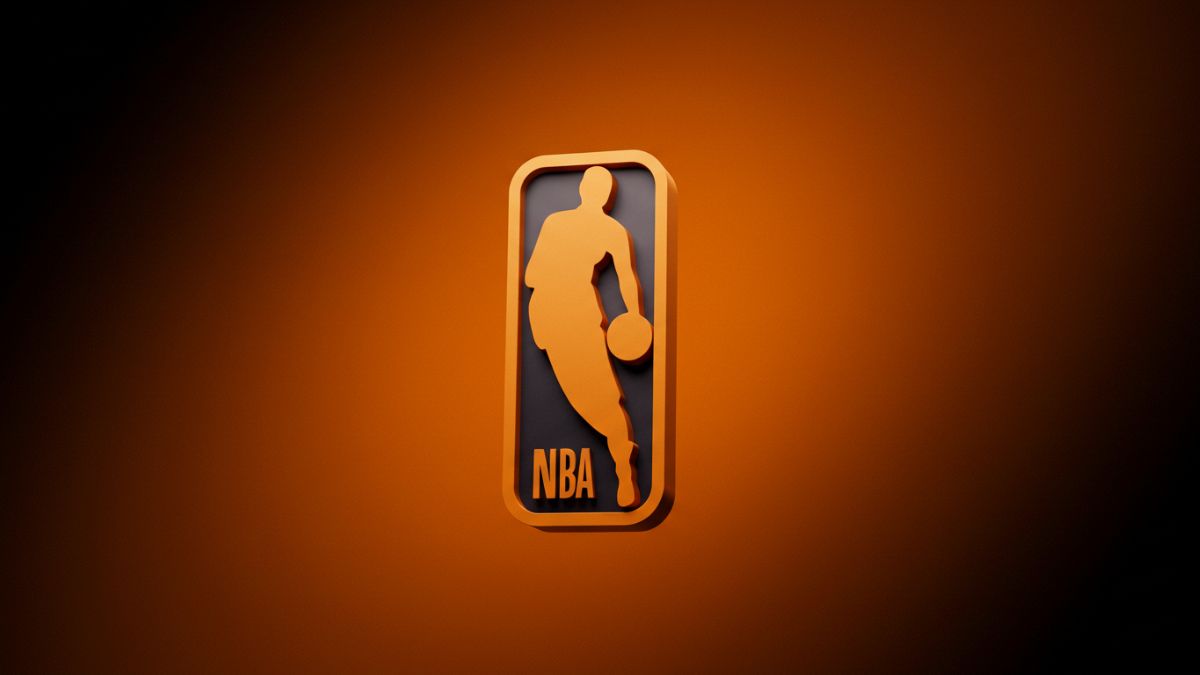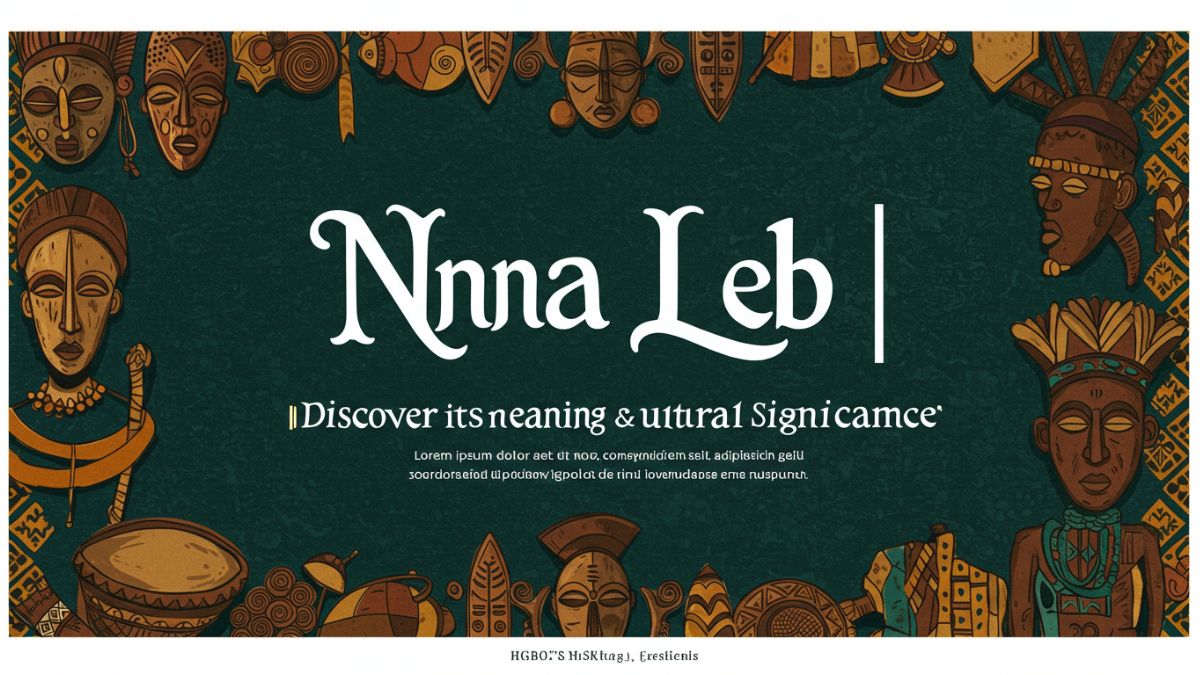When you think of basketball, one of the first images that likely comes to mind is the iconic NBA logo—a silhouette of a player mid-dribble, gracefully poised in action. This striking emblem doesn’t just represent the world’s most famous basketball association; it’s a symbol of excellence, drive, and the global spirit of the game. But what makes this logo so iconic? Where did it come from, and why has it remained timeless for decades? Let’s explore the origins, design, and enduring significance of the NBA’s famous logo.
The Story Behind the NBA Logo
A Product of Visionary Branding
The NBA logo as we know it today was introduced in 1969 during a period of transformation for professional basketball. At the time, the league was looking to create a stronger, more cohesive brand identity to set itself apart from the competing American Basketball Association (ABA). Alan Siegel, a branding expert and founder of Siegel + Gale, was tasked with designing an emblem that would encapsulate the league’s dynamism and growing popularity.
Inspired by a photograph of basketball legend Jerry West in action, Siegel sketched the now-famous silhouette. Although simple in design, the logo captured the athleticism, grace, and energy of basketball in a single image—a feat that few sports logos have achieved.
Why Jerry West?
While the actual player in the NBA logo was never officially confirmed, it is widely acknowledged to be based on Jerry West, who was one of the league’s standout players during the 1960s. Known for his unmatched skill, work ethic, and sportsmanship, West embodied everything the NBA aspired to represent in its branding.
Despite Jerry West himself feeling uneasy about being the “face” of the NBA logo, the choice proved to be an enduring one. His silhouette became an icon not only within the U.S. but across the globe.
The Design That Defines an Era
Simplicity Meets Elegance
At first glance, the NBA logo is deceptively simple. It features a white silhouette of a basketball player against a red-and-blue background split vertically. Yet, this simplicity is its greatest strength. The bold colors pay homage to the league’s American roots, while the dynamic silhouette conveys movement, energy, and athleticism.
Graphic designers have praised the emblem as an example of timeless design. Its balance of minimalism and meaning allows it to resonate with fans of all ages, remaining relevant over five decades later.
Adaptability and Versatility
One of the reasons for the NBA logo’s longevity is its versatility. Used across jerseys, courts, broadcast graphics, and merchandise, it seamlessly integrates into all aspects of the league’s branding without losing its impact. This flexibility has cemented the logo as more than just a visual identifier—it has become a cultural icon.
The Global Impact of the NBA Logo
Over the years, the NBA logo has grown to symbolize much more than a professional sports league. For millions of fans worldwide, it represents the aspirational values of hard work, determination, and excellence.
A Cultural Symbol
From urban street courts to high-end athletic stores, the NBA logo is instantly recognizable. It holds a unique place in pop culture, appearing on everything from sneakers and hoodies to video games and even tattoos. The global appeal of the logo mirrors the league’s success in expanding basketball’s reach beyond the United States.
Inspiring the Next Generation
For aspiring athletes, the logo serves as a beacon of hope and motivation. It reminds them of what’s possible through dedication and perseverance. The image of a player mid-action encapsulates not just the spirit of competition but the joy and artistry of the game itself.
The Enduring Legacy of Jerry West’s Silhouette
Though there have been discussions over the years about updating or modernizing the NBA logo, it has remained largely untouched since its creation. This consistency speaks to the logo’s effectiveness as a branding tool and its emotional resonance with fans.
Jerry West once commented on the logo, stating, “It’s something I don’t think about very often, but it still feels weird to see it everywhere.” Despite his modesty, West’s silhouette has become an enduring symbol of greatness—a fitting tribute to a player who left an indelible mark on the sport.
Is It Time for a Change?
While the logo has stood the test of time, the evolving cultural landscape has sparked conversations about whether the NBA should consider updating its emblem. Suggestions for a new logo often advocate for diversity and inclusivity, reflecting the league’s increasingly global and multicultural audience.
Notable players and fans have proposed featuring modern legends like Michael Jordan, LeBron James, or Kobe Bryant as future silhouettes. While the current logo is beloved, such changes could bring fresh relevance to the league’s branding.
However, the overwhelming consensus among fans and branding experts is that the existing logo remains as powerful and iconic as ever. Its longevity is a testament to its design, representing not just a sport but an entire era of athleticism and aspiration.
The NBA Logo’s Role in Modern Branding
Setting the Standard for Sports Logos
The success of the NBA logo has inspired other sports organizations, with many looking to create similarly effective brand identities. From MLB’s batter silhouette to the NHL’s shield, the influence of the NBA’s minimalist yet impactful design is clear.
A Business Powerhouse
Beyond emotional significance, the logo plays a vital role in the NBA’s financial success. Merchandise featuring the logo generates billions of dollars annually, highlighting its value as a marketing tool. It has firmly established itself as a symbol of luxury and authenticity in the world of sports apparel and memorabilia.
Celebrate the Iconic NBA Logo
The NBA logo isn’t just an emblem; it’s a story—a timeless representation of a sport that has become a global phenomenon. Whether you’re a die-hard basketball fan, a professional athlete, or someone who’s picked up a basketball only once, the logo’s image invites us all to admire the beauty, skill, and values of the game.
The next time you spot the NBA logo on a jersey, basketball court, or billboard, take a moment to appreciate the history, artistry, and emotion it represents.
Explore More About Basketball Design and History
Looking for deeper insights into the game’s artistry and branding? Check out our resource page for more articles on basketball design and heritage.
Conclusion
The NBA logo is far more than a simple design—it’s a symbol of passion, perseverance, and excellence that resonates with basketball enthusiasts around the world. Its significance transcends the court, uniting fans, players, and communities in their shared love for the game. By celebrating this iconic emblem, we honor the rich history and bright future of basketball. Whether you’re a lifelong fan or new to the sport, the legacy of the NBA logo inspires us all to connect through the universal language of basketball.
FAQs
Q1: Who designed the NBA logo?
The NBA logo was designed by Alan Siegel in 1969. Inspired by a photograph of former player Jerry West, the logo captures the dynamic essence of basketball in its iconic silhouette.
Q2: Why was Jerry West chosen as the inspiration for the logo?
Jerry West was not officially chosen by the NBA but served as the inspiration for the logo due to his graceful playing style and the compelling photograph featuring his dribbling pose. The decision was based on creating an enduring and recognizable symbol for the league.
Q3: Has the NBA logo changed since its creation?
No, the current NBA logo has remained unchanged since its inception in 1969. Its timeless design continues to represent the league’s identity across generations.











